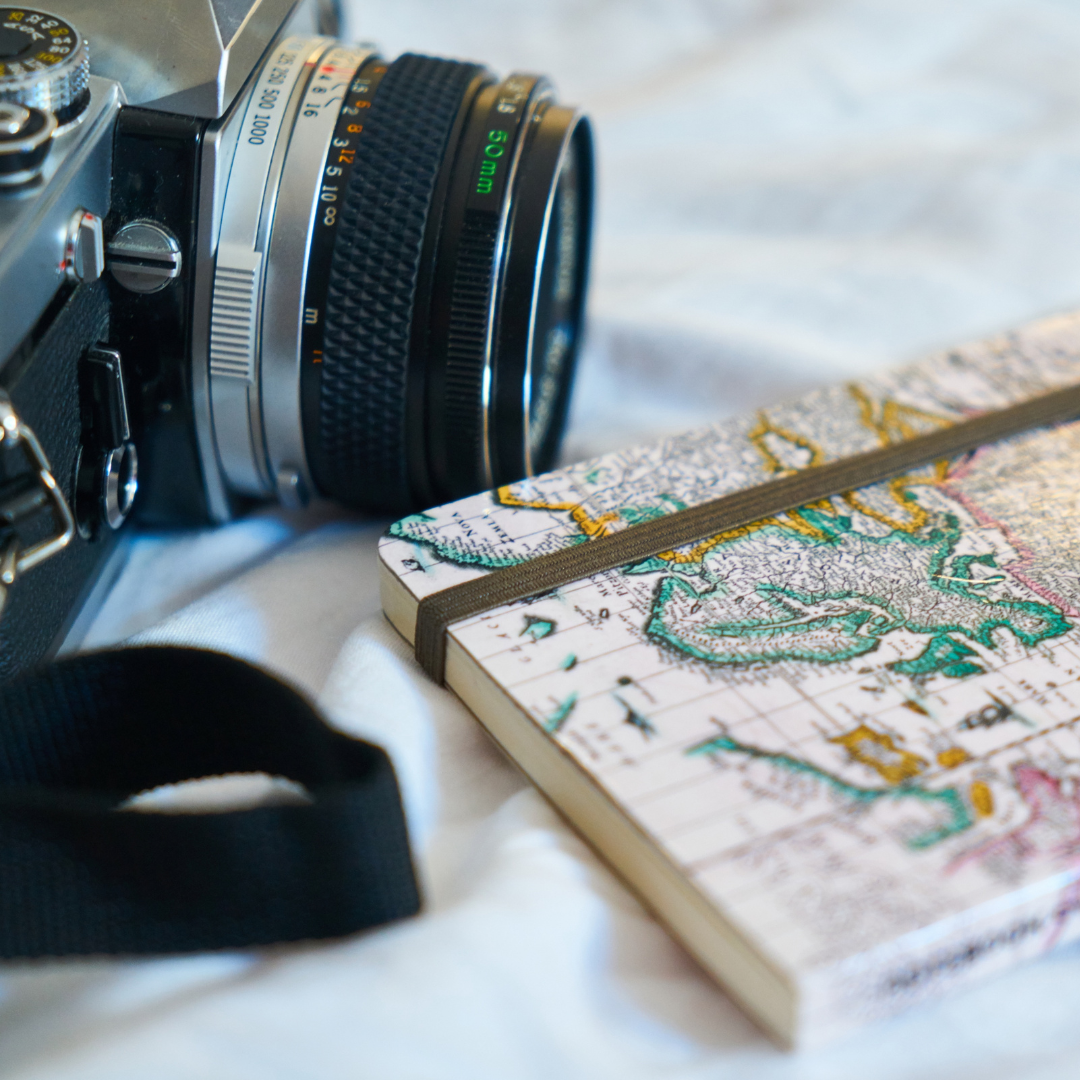The Art of Keeping a Travel Journal: Tips for Beginners

The rhythmic sound of a train clacking on the tracks, the mellow hum of a distant market, the rich aroma of a local delicacy, or the hues of a sunset on an unfamiliar horizon – traveling unveils a tapestry of experiences that are fleeting yet profoundly transformative. Capturing these moments can enhance our appreciation, and one timeless method is maintaining a travel journal. More than just a record, it becomes an extension of our inner world, mapping our growth, reflections, and revelations. If you’re embarking on the journey of penning down your adventures, this guide will illuminate the path, providing invaluable insights for beginners.
Understanding the Purpose: Why Keep a Travel Journal?
Travel journals are more than mere diaries or logs of daily activities; they’re reservoirs of experiences, emotions, and memories. They help capture the essence of a journey, allowing us to revisit and relive moments long after they’ve passed. Furthermore, they foster mindfulness, encouraging us to live in the present, absorb our surroundings, and reflect on our encounters. As we chronicle our travels, we not only create a tangible memoir for our future selves but also develop a deeper connection with the world around us.
Setting Aside Time: Creating a Routine
While the spontaneity of travel can be its biggest allure, setting aside dedicated time for journaling ensures consistency. Whether it’s a quiet morning ritual with a cup of coffee or a nightly reflection under the stars, find a routine that aligns with your rhythm. This dedicated time becomes a haven, allowing introspection, relaxation, and a chance to process the day’s events. The key is to be realistic and flexible. While daily entries might be ideal, it’s perfectly fine to journal every few days or even weekly, depending on your travel pace.
Embracing Imperfections: It’s Your Personal Space
At the heart of every great travel journal is authenticity. Too often, beginners feel pressured to make every entry a literary masterpiece or a perfectly sketched image. The truth, however, is that the essence of a personal journal lies in its imperfections. These scribbles, doodles, cross-outs, and fragmented sentences are reflective of the mind grappling with the overwhelming stimuli of travel. It’s the hurried note jotted down on a bumpy bus ride or the smeared ink from a sudden rain shower. These ‘flaws’ serve as visceral reminders of the moment, capturing emotions and experiences in their rawest form. By embracing these imperfections, you’re allowing your journal to be a genuine reflection of your journey, both external and internal. Over time, you’ll come to cherish these quirks as they transport you back to specific moments, making your journal a treasure trove of memories.
Using Your Senses: Recording More Than Just Sight
Traveling isn’t just a visual experience; it’s a symphony of sounds, an array of aromas, a palette of tastes, and a tapestry of textures. While we often default to describing what we see, delving into the other senses can make journal entries incredibly vivid and evocative. Describe the echoing call to prayer in a distant city, the tantalizing scent wafting from a street food stall, the tangy taste of an exotic fruit, or the rough cobblestones under your feet. By encompassing all senses, your journal becomes a holistic representation of your experiences. This multisensory approach not only enhances memory recall but also makes the act of journaling more immersive, encouraging you to fully engage with your surroundings and live in the moment.
Incorporating Ephemera: Tickets, Leaves, and More
Ephemera, those transient written and printed mementos from our travels, can add a rich, tactile dimension to a travel journal. Think of them as pieces of a jigsaw puzzle, each contributing to the larger picture of your journey. A ticket stub from a museum can evoke memories of artworks that moved you. A pressed flower might remind you of a serene meadow you chanced upon. Even a simple coaster from a café can transport you back to lazy afternoons spent people-watching. Integrating these items into your journal not only breaks up the monotony of text but also adds a sensory, tangible element. Over time, these pieces of ephemera become triggers, instantly transporting you back to moments, evoking emotions, and painting a richer, multidimensional picture of your travels.
Reflecting on Your Experiences: Deepening Understanding
The events of a trip – the places visited, the sights seen – are undeniably important. But equally crucial are the introspections, revelations, and personal growth that stem from these experiences. Using your journal as a space for reflection allows you to delve deeper into the significance of your travels. Perhaps a chance encounter challenged a long-held belief or a serene landscape prompted profound introspection. By articulating these feelings and thoughts, you not only process and internalize your experiences but also embark on a journey of self-discovery. Over time, these reflections will serve as milestones of your personal growth, showcasing how your travels have shaped and enriched your perspective.
Privacy and Sharing: Deciding What to Do with Your Journal
A travel journal is a deeply personal artifact, a window into your soul and the lens through which you view the world. Thus, the decision to keep it private or share it with others is significant. Some might find solace in keeping their musings entirely private, treating the journal as a confidential confidant. Others might feel the urge to share their tales, whether with close friends and family or a broader audience through platforms like blogs. There’s no right or wrong approach; it’s about what feels comfortable and authentic to you. If you do choose to share, it can be a beautiful way to connect, inspire, and bond with others. Regardless of the decision, the primary purpose of your journal remains – to be a faithful chronicle of your journeys, both within and without.
The act of travel is transformative, and maintaining a journal accentuates this transformation. It serves as a mirror, reflecting our experiences, emotions, and growth. Each entry, sketch, memento, or reflection becomes a stitch in the rich tapestry of our journey through life. For those standing at the threshold of this enriching practice, remember that it’s not about perfection but authenticity. So, as you venture into the world, pen in hand, let your heart guide your words, crafting a memoir that’s as unique and wondrous as the journey itself.


